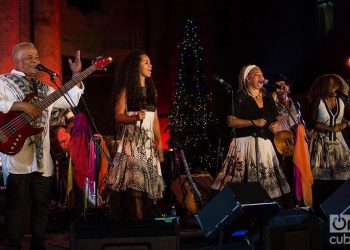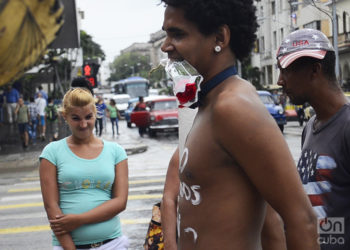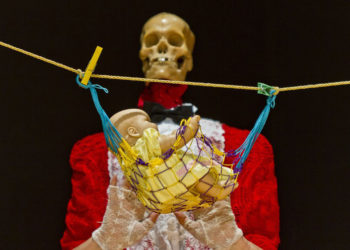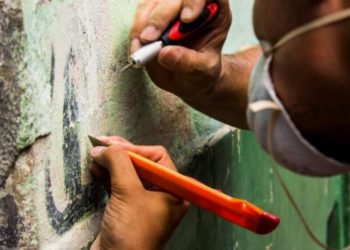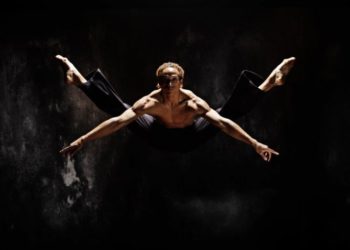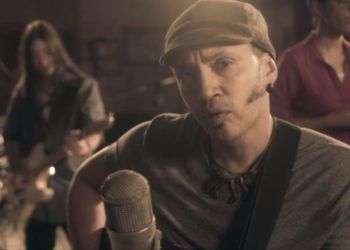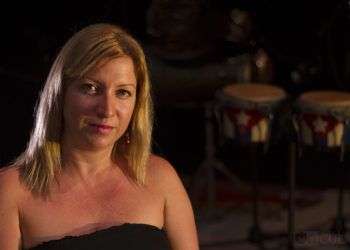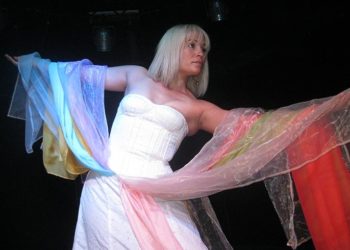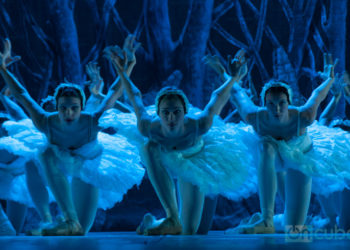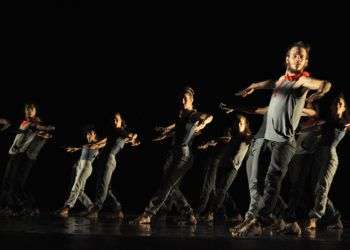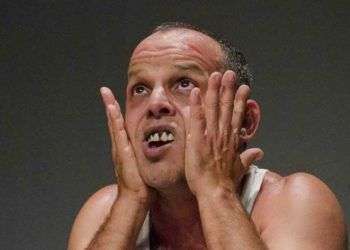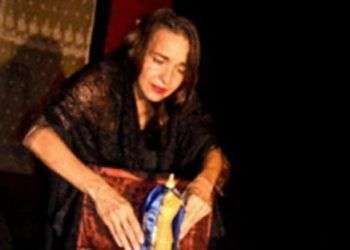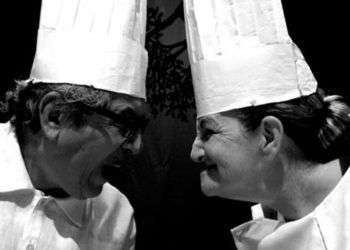Síntesis: “Afro-Cuban music sounds on its own”
Nineteen days after Fidel Castro’s death there still existed, throughout the country, a kind of unofficial curfew. Shows, concerts and cultural events of a certain magnitude were reprogrammed or their profile considerably reduced. But on December 14, 2016, after all the ropes were tightened, a concert would take place in Havana’s Cathedral Square. A beautiful concert for the 40 years of Síntesis, one of the most emblematic Cuban bands of all times, together with their guests. Three years later, that concert, released as the DVD Síntesis 4 decades (Unicornio, 2019), directed by Joseph Ros, is evocative ―especially music wise, according to the director― of a show that was lucky to have the performances of Silvio Rodríguez, Amaury Pérez, Ernán López-Nussa, Niurka González and José María Vitier, among others. It is precisely the release of the band's new production and its nomination to the Cubadisco Awards which motivated this dialogue with Carlos Alfonso and Ele Valdés, founders of Síntesis. A pretext, as if it one was necessary, to also speak of 40 years of music. How did the idea come up of celebrating this anniversary with a concert in Cathedral Square? Ele Valdés (EV): Síntesis started there on December 14, 1976,...

